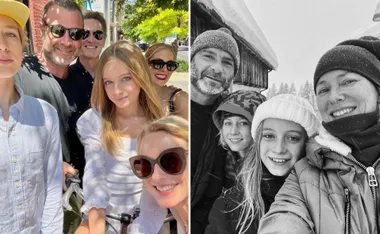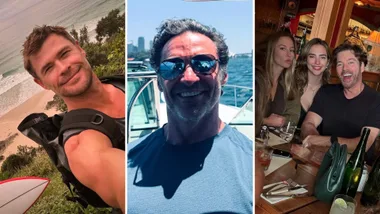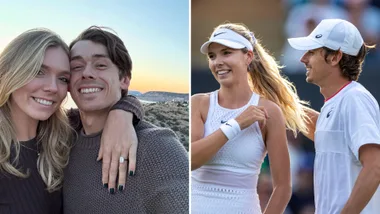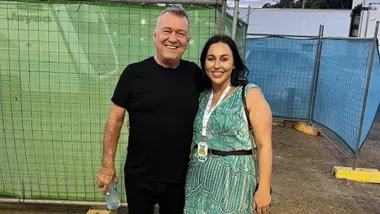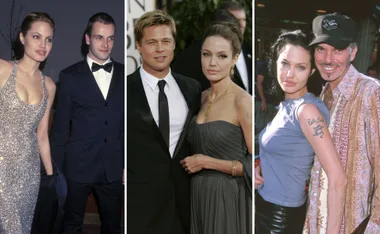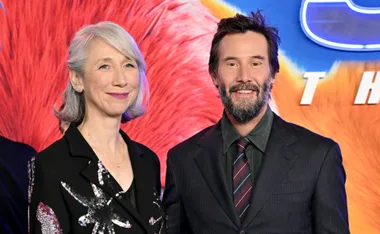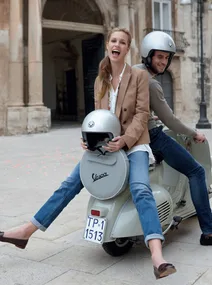On the Italian Riviera, people can eat as much seafood pasta and gelato as they like without putting on weight. Their secret is to keep on trekking along the beautiful trails of the Cinque Terre.
It’s not a look many followers of fashion would have thought Orson Welles and Paris Hilton had in common.
Yet 40 years ago, the great actor-director strode across Portofino’s piazza with a cute pooch in the crook of his arm – a look Ms Hilton has since made her own.
Orson’s canine accessory was captured by a paparazzo and is part of a permanent photographic exhibition at Castle Brown, the stone pile perched on a hill overlooking Portofino’s exquisite harbour.
Now a museum, the castle also sports photos of Humphrey Bogart and Ava Gardner arm in arm, Jackie O in her trademark sunnies, Ingrid Bergman giving her son, Roberto, a piggyback and Sophia Loren in a navy and white striped Chanel suit.
Little has changed. On the day I arrive, Beyoncé Knowles was tippy-toeing across the cobbles in a pair of high heels with an entourage of men so tall they could have been a basketball team.
In case you don’t know, Portofino is on the Italian Riviera, a breathtakingly beautiful 2000-year-old port and celebrity haunt first put on the map by Julius Caesar in the 1st Century BC.
Less than 150 kilometres down the coast from the glitzy resorts of Monaco and Nice, Portofino hovers above one of Italy’s most dazzling coastlines — the Cinque Terre — where an 18-kilometre walking trail wends its way through five enchanting fishing villages. Hence the name, Cinque Terre, which translates as Five Lands or Villages.
Portofino and its national park are seen as a wonderful warm-up to the walking trails of Cinque Terre, a short train journey south.
Ideally, this prelude should take three glorious days — one to explore Portofino, another on an invigorating walk to the medieval monastery of San Fruttuoso, followed by a final half-day stroll to the charming seaside town of Camogli.
On my visit, it only seemed appropriate to live like a rock star in Portofino and as a monk in San Fruttuoso, so on the first night I booked a suite at Hotel Splendido, one of Italy’s most fabulous, and on the second day, a cell-like room adjoining the monastery.
The first bed cost a small fortune, the second swallowed up the change left over from the former’s $1000 bill. If you ever decide to spend a motza on a hotel room, choose the Splendido.
It personifies la dolce vita — that glorious Italian expression that translates as the sweet life.
The walk to San Fruttuoso through a pine forest on the Portofino Promontory takes three hours and has many enchanting views of the Ligurian Sea.
The Benedictine monastery, circa 984AD, is on a pebbly beach at the end of a rocky cove. Three families live here and there are no roads — only walking paths and a little stone jetty for fishing boats and ferries.
At the mouth of the cove is an underwater statue of Christ with arms raised towards the surface. Shoals of fish swim in spirals around the statue’s hands, while catfish clean the algae off Christ’s feet.
It was placed here by fishermen in thanksgiving for lives saved in a storm. You can either hire a glass bottom boat in which a sturdy youth will row you to the statue or swim there yourself with some goggles.
My room at Da Giovanni, the inn next to the monastery, had a single bed, a basin and a window with a view of the bay. At 7pm, as the final ferry took away the last day trippers, the lady of the house served a sensational seafood dinner on the terrace.
There were only three other couples dining that evening. The three local families were either busy in Da Giovanni’s kitchen or chatting idly on the jetty in the bay below.
Later that night, sleep came easily thanks to the soft sound of lapping waves and the sweet song of a nightingale.
The walk to Camogli takes four hours and on arrival at the town’s seafront you won’t regret a step. Here, the port is full of colourful fishing boats and every facade of every house is covered in trompe d’oeil paintings — of maidens, garlands, temples and other 3D pastoral scenes.
Pick a cafe on the seafront and treat yourself to scampi and salad for lunch, before taking a ferry back to Portofino and heading south to the Cinque Terre on a local train.
The villages of Monterosso, Vernazza, Corniglia, Manarola and Riomaggiore are set along a scalloped bay like sentinels on rocky bluffs that jut into the Ligurian Sea.
You could walk from Monterosso in the north to Riomaggiore in the south in five hours, but that would be missing the point.
Hiking this coastline is about taking in the views, discovering a church in an olive grove, resting in orchards full of orange blossom, swimming in idyllic coves and sampling the glorious food at the many little trattorias en route.
You are, after all, burning a huge number of calories as you climb up yet another stone stairway carved into the side of another hill. Yes, the topography of Cinque Terre can look like a cardiogram, but the walk between Riomaggiore and Manarola is mercifully flat.
The Cinque Terre was declared a UNESCO World Heritage site in 1997 and today hikers from all over the world walk its trails in a national park that stretches from the coast deep into the mountains.
Since time immemorial, the local inhabitants have turned their precipitous slopes into fertile terraces by building more than 7000km of dry-stone walls. It’s estimated that these terraces have as much stone as the Great Wall of China.
Monterosso has a fine wide beach with rows of sun lounges and umbrellas — most of which will have been reserved by Italians from Genoa many months before your arrival.
One of the most invigorating walks is between Monterosso and Vernazza. From several high points on the trail, you’ll see all five villages in one sweeping vista.
Vernazza’s piazza is bordered on three sides by ochre-coloured houses and opens onto the harbour, where rows of blue fishing boats bob up and down at their moorings.
Recommended is an alfresco dinner at Gambero Rosso next to the quay, where you can watch the locals take their passeggiata (evening stroll).
The walk to Corniglia, the only village not on the water, passes through olive groves and lush countryside. The village, which stands like a fortress 100 metres above the sea, is surrounded by vineyards. Bottles of wine from here have been found in the ruins of Pompeii, the Roman city destroyed by a volcano in 79AD.
The pastel-coloured houses of Manarolo and Riomaggiore cling to the rocks above the sea like limpets. Both lack sheltered harbours, so when the sea gets rough, the fishing boats are hauled into their piazzas, where restaurant tables compete for space.
Try the local Troffie pasta with pesto, a vegetable pie or frittata. Other specialities are stuffed anchovies, seafood tagliatelle in tomato sauce and cuttlefish stew. And then there’s the local dessert wine Sciacchetra, otherwise known as the nectar of the gods.
Indulge in the food by all means, but if you’re walking after lunch, follow the local custom and keep the Sciacchetra for evening when the day’s trekking is done.
FLY: Qantas flies to Rome and Pisa, via London, with code-share partner British Airways. From Rome or Pisa, trains connect to Santa Margherita LIgure-Portofino. From Pisa, Portofino is 115km. Trains connect Santa Margherita LIgure-Portofino with all the villages of the Cinque Terre.
Newsletter conversion description. Get the latest in your inbox.

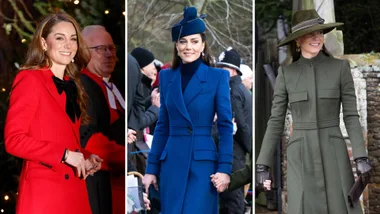
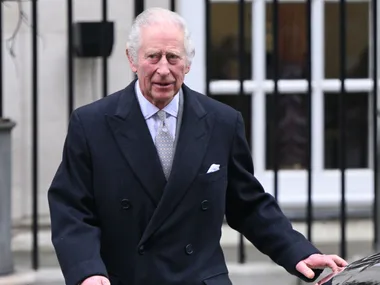
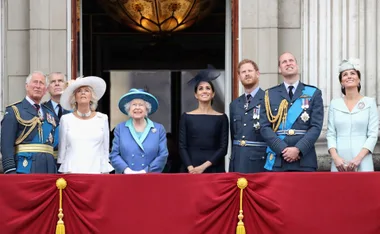
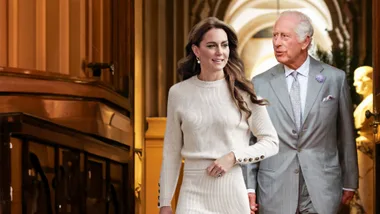


.jpg?resize=380%2C285)
.png?resize=380%2C285)

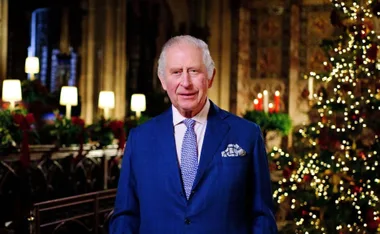


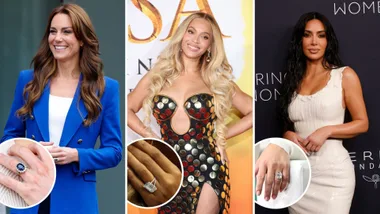


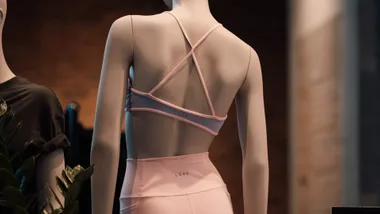
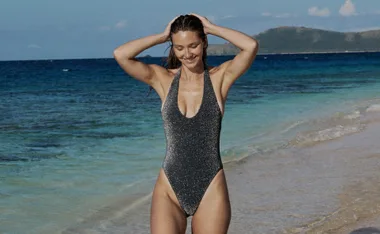

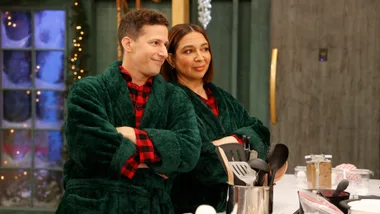
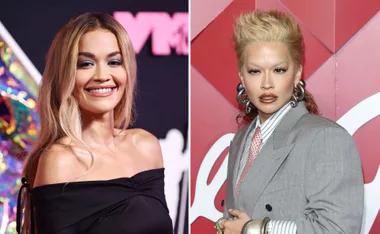




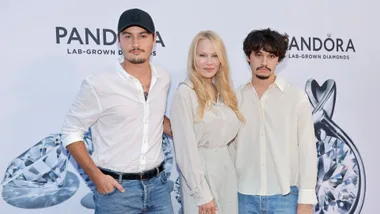
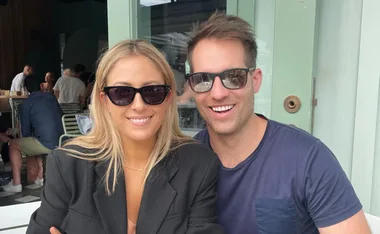
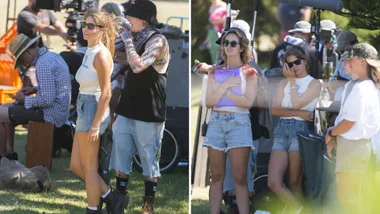
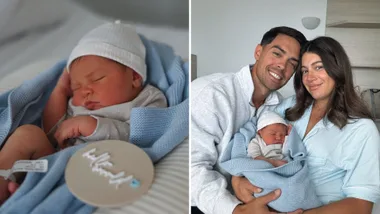
.png?resize=380%2C285)


